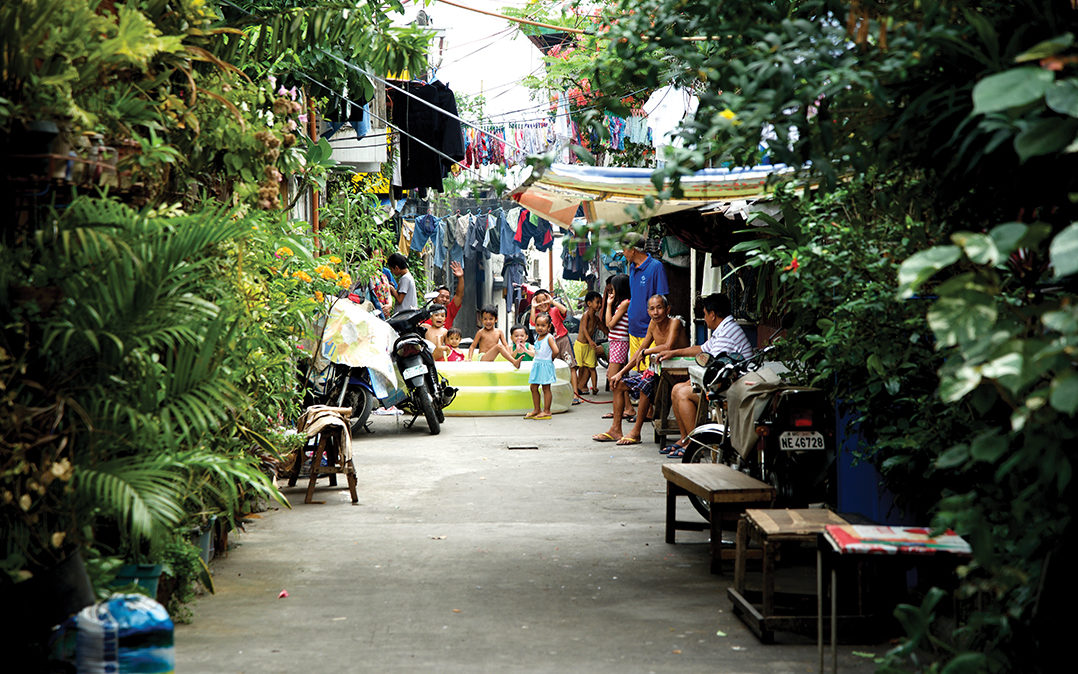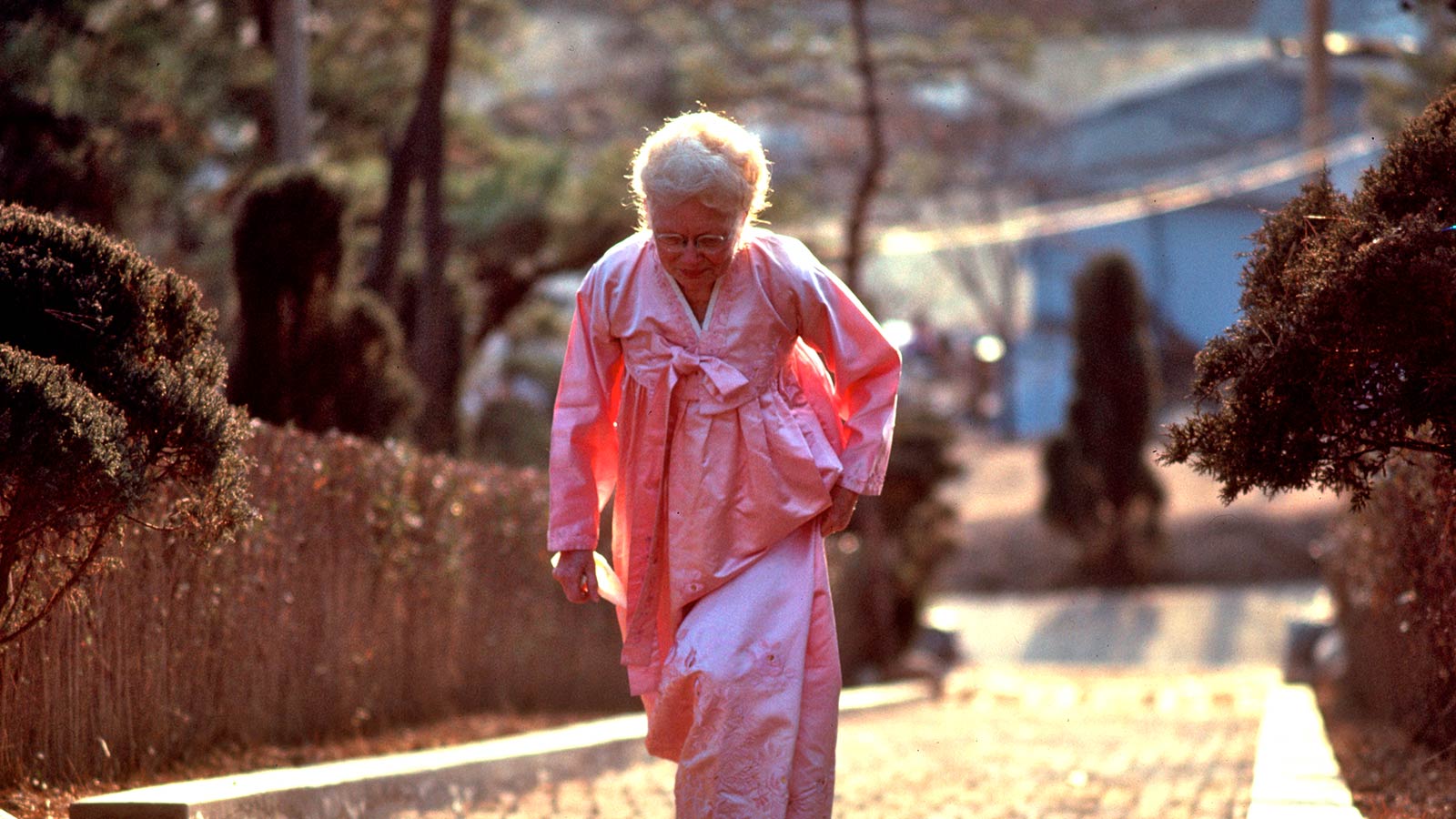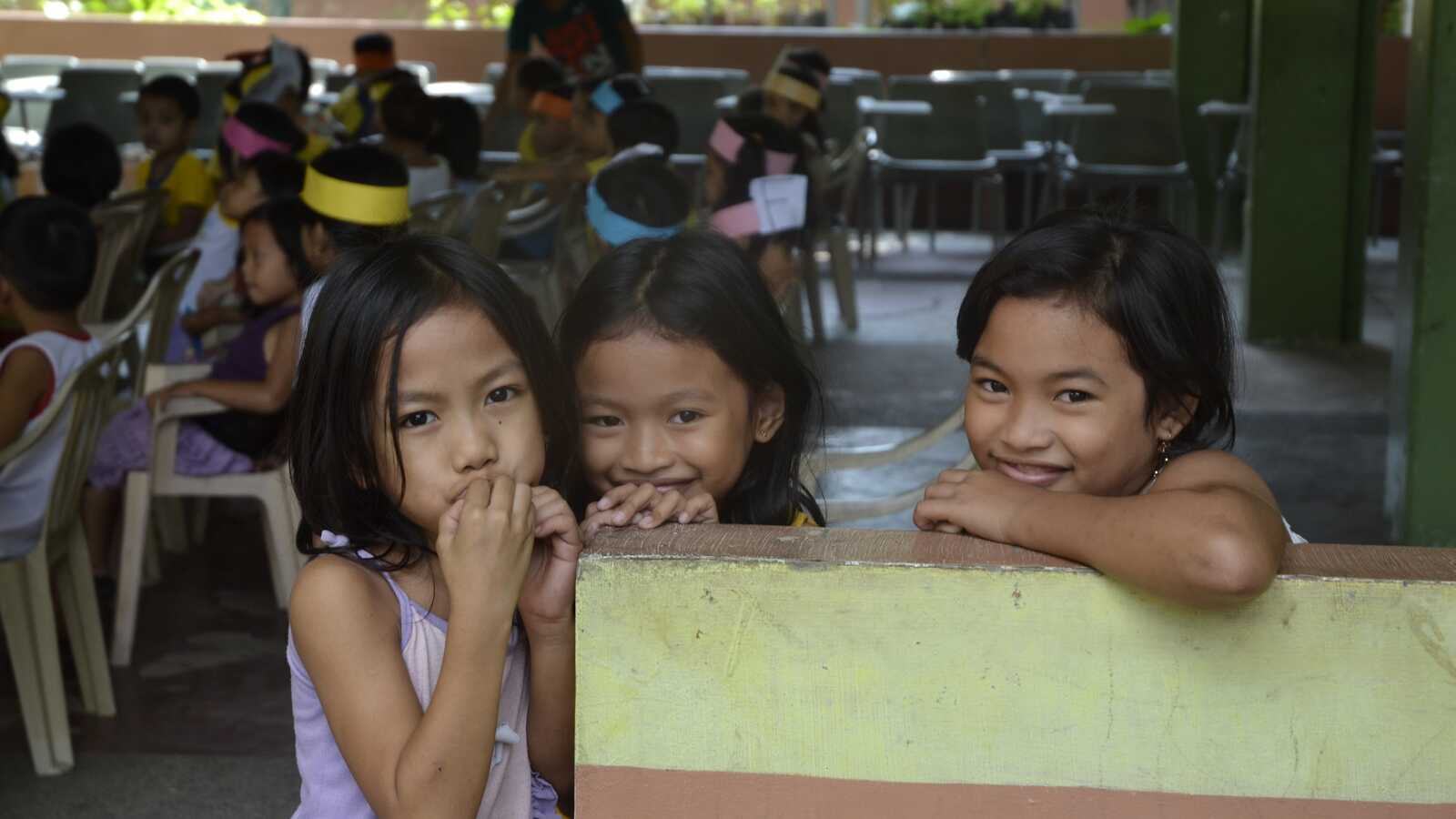If you sponsor — or are thinking about sponsoring — a child in the Philippines, here are some facts to help you learn about this island nation, its land and its people.
The Philippines is a Southeast Asian country, located between the Philippine Sea and the South China Sea, east of Vietnam. It is an archipelago consisting of more than 7,600 islands, of which about 2,000 are inhabited. Manila, the nation’s sprawling capital, is located on the northern island of Luzon.
The Philippines is named in honor of King Philip II of Spain, as the nation was colonized and under Spanish rule for more than 300 years. It won its independence from Spain in 1898. Later, the Philippines became a U.S. territory, eventually gaining its freedom from the United States on July 4, 1946.
Today, the Philippines is a nation of 112.5 million people, with a median age of about 25. Roughly 79% of its population is Roman Catholic. Though the nation has seen economic growth in the past decade, millions of Filipinos still live in poverty.
The Philippines is an archipelago consisting of more than 7,600 islands, of which about 2,000 are inhabited.
In 1976, Holt helped established a partner agency in the Philippines called the Kaisahang Buhay Foundation (KBF). Since that time, KBF has grown to become a recognized leader in child welfare services, targeting children who are homeless, orphaned or at risk of separation from their families. With the support of Holt sponsors and donors, KBF has worked to help keep families in crisis together by providing the basic nutritional, medical and educational support parents need to care for their children.
For children who are abandoned or relinquished, Holt and KBF have worked together to provide safe and nurturing care until children can be reunited with their families or placed in a loving, permanent home. Each year, Holt sponsors and donors provide life-changing support for more than 5,000 children and families in the Philippines.
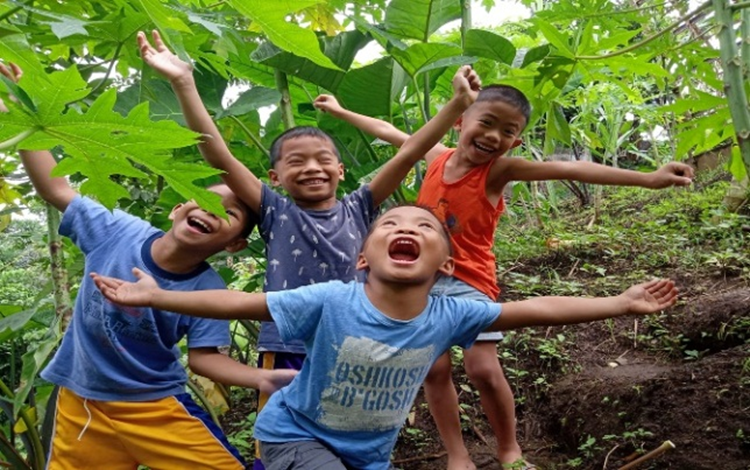
Basic Facts
Capital
Manila
Population
116.4 million people (est.)
Official Languages
Filipino (based on Tagalog) and English. English is the official language of business, government and higher education.
Area
115,830 square miles, slightly larger than Arizona
Climate
Generally tropical and humid, with a rainy season that extends from June to October. The Philippines is vulnerable to typhoons — strong storms accompanied by high winds and heavy rain. The nation has an average of 20 typhoons a year.
Religion
Roman Catholic, 79%; Muslim, 6%; Iglesia ni Cristo, 3%; Evangelical, 2%; National Council of Churches in the Philippines, 1%; other, 7+%
Ethnic Groups
Tagalog, 24 %; Bisaya, 11%; Cebuano, 10%; Ilocano, 9%; Hiligaynon, 8%; Bikol, 7%; Waray, 4%; other local ethnicity, 26%
Type of Government
Presidential republic
National Celebrations
As the Philippines is a predominantly Christian nation, its biggest celebrations center around Christmas and other Christian holidays.
Filipinos begin preparing for Christmas in September by putting up artificial trees and decorating their homes with lights! The season extends through January 6 — the Epiphany or Three Kings Day. Many Filipinos who work overseas come home for the Christmas holiday to spend time with family.
Filipinos begin preparing for Christmas in September by putting up artificial trees and decorating their homes with lights.
Catholics attend a series of Christmas masses called Simbang Gabi, held at dawn each morning from December 16 to Christmas Eve. Many Filipinos believe that if they faithfully attend these services, their wishes will be granted. In the weeks before Christmas, children go door to door singing carols and receive gifts of money and sweets.
On Christmas Eve, known as Noche Buena (“good night”), families attend church before gathering for a midnight feast. Foods may include lechon (roasted pork), kaldereta (a goat or beef stew), Christmas ham, buko salad (made from shredded coconut and fruit) and leche flan (caramel custard) for dessert.
New Year’s celebrations are an extension of Christmas festivities, and holiday decorations are kept up until after the first week of January. For luck, many Filipinos hang 13 ripe, round fruits around their doorway, wear clothes with polka-dot prints (the circles symbolize eternity and prosperity) and carry money in their pockets. Families get together on New Year’s Eve to eat together and watch a fireworks display at midnight.
Filipinos celebrate Independence Day on June 12 each year, marking the day in 1898 that the nation declared itself free from Spanish rule. In the Philippines, this day is called Araw ng Kasarinlan or Day of Freedom, and is commemorated with parades, fireworks and family gatherings. Filipinos may also hang flags outside their homes in a show of national unity.
Food & Drink of the Philippines
Since the Philippines consists of about 2,000 inhabited islands, its cuisine reflects the ethnic diversity of its people and culture. Filipino cuisine also has a heavy Spanish influence, linking back to its days of Spanish rule. It is less spicy than other Southeast Asian foods.
Rice and rice noodles are a dietary staple, as are beverages such as barako coffee, sago’t gulaman (a cold drink made with brown sugar, gelatin and tapioca pearls) and milk tea.
Some common dishes include:
- Adobo, meat, seafood or vegetables marinated and cooked in vinegar, soy sauce, garlic, bay leaves and black peppercorns. Adobo is served over a bed of white rice.
- Sinigang, a hearty sour soup or stew cooked with tamarind
- Lechon, roast pig
- Kaldereta, a goat or beef stew often served at holidays
- Lumpia, spring rolls
- Pancit palabok, a rice noodle dish topped with a pork and shrimp sauce, hard-boiled eggs and other ingredients
- Kare-kare, oxtail stew
- Halo-halo, a cold dessert made of crushed ice, evaporated or coconut milk and various sweet ingredients. Halo-halo is served in a tall glass with a long spoon.
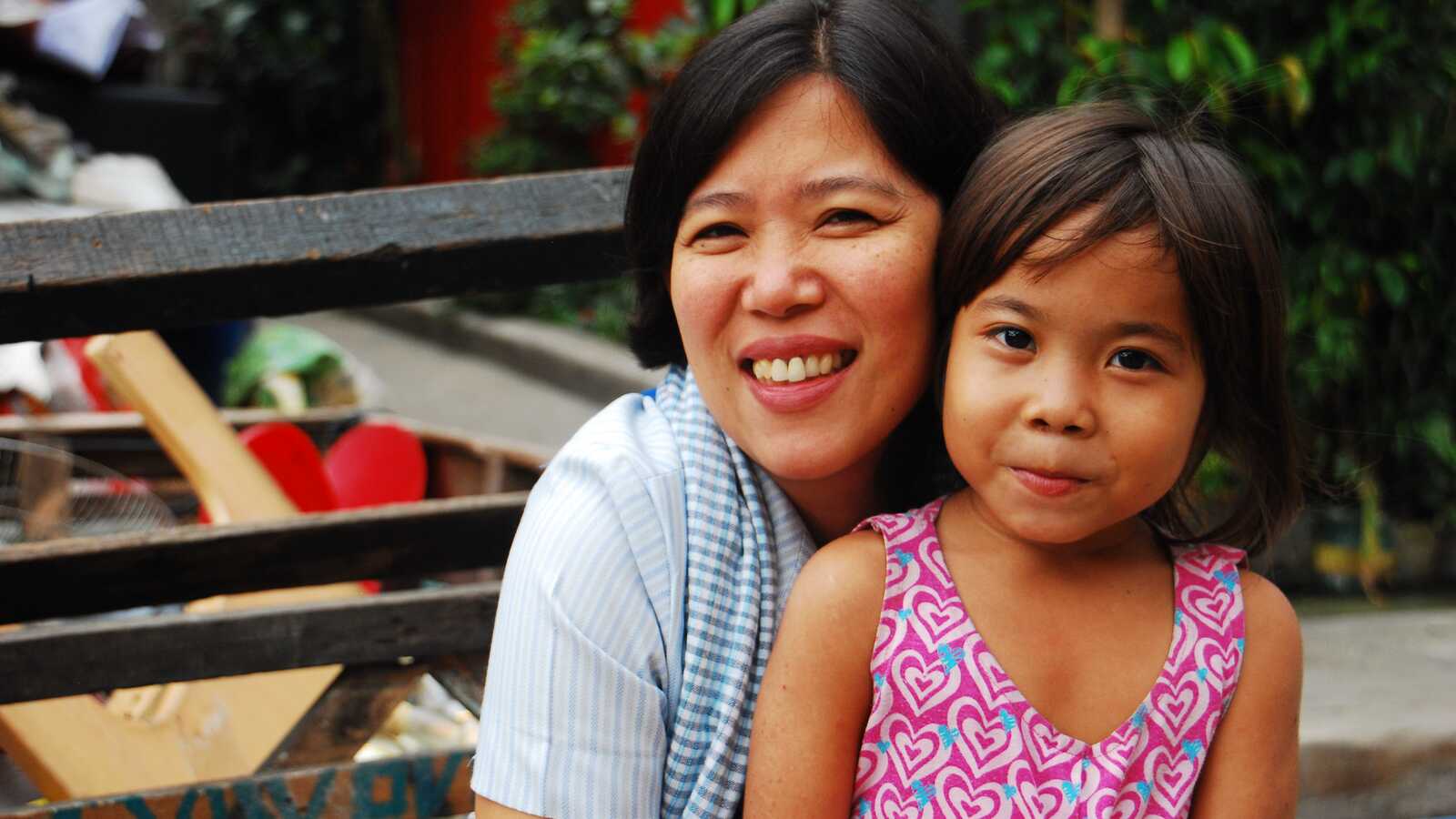
Mealtime Customs
- Filipinos usually eat three meals a day, with at least two snack periods (merienda) in between.
- Rural families usually eat all of their meals together. Urban families eat breakfast and dinner together on weekdays, and most meals together on weekends.
- Filipinos generally eat with a fork and spoon. Typically, food will be pushed onto a spoon with the back of a fork. Diners may use their hands at large rural gatherings, but this practice is less common in urban areas.
- All dishes are brought out together at the beginning of a meal and placed at the center of the table.
- Noodles are a popular dish and symbolize good health and a long life. Therefore, Filipinos never cut their noodles – so as not to “cut short” their good health and longevity.
Social Concerns
Poverty
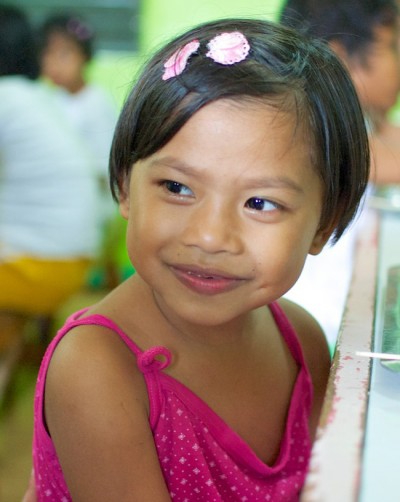
Millions of Filipinos live in poverty, a situation made worse by the COVID-19 pandemic. With more than 3.7 million cases of COVID-19 and 60,500 deaths, the Philippines continues to be one of the most hard-hit nations in Southeast Asia.
In the first half of 2021, an estimated 23.7% of Filipinos — and more than 31% of children — lived below the poverty line, meaning they were unable to afford food and other essentials. As rural families move to cities seeking work, they often find themselves living in crowded, dangerous conditions. In the slum areas of Manila, families of ten or more may live together in less than 200 square feet of space. Homes lack proper sanitation and clean water. Beyond that, houses are often constructed of wood, metal, cardboard and other unstable materials, making them vulnerable to typhoons, flooding, earthquakes and other natural disasters.
Children living in poverty are vulnerable to exploitation, trafficking and abuse. For years, children growing up in the Philippines have faced the highest risk of “cyber trafficking” — or online sexual exploitation — in the world.
Learn how Holt donors and sponsors help strengthen families living in poverty.
Natural Disasters
The Philippines consists of a string of more than 7,000 islands, and because of its location, it is one of the most disaster-prone countries in the world. Situated along the boundary of major tectonic plates and at the center of a typhoon belt, the Philippines regularly experiences floods, typhoons, landslides, earthquakes, volcanoes and droughts.
In December 2021, Super Typhoon Rai hit the Philippines with ferocity. Four months later, tropical storm Megi hit the island nation — wreaking further havoc on families and children as they were forced to evacuate their homes or lose them altogether. In the aftermath of such storms, communities lack access to clean water, sanitation and essential health services, making families susceptible to disease. Children often face school closures as well, which trigger social isolation and a disruption to their education.
Learn how Holt sponsors and donors help families when disaster strikes.
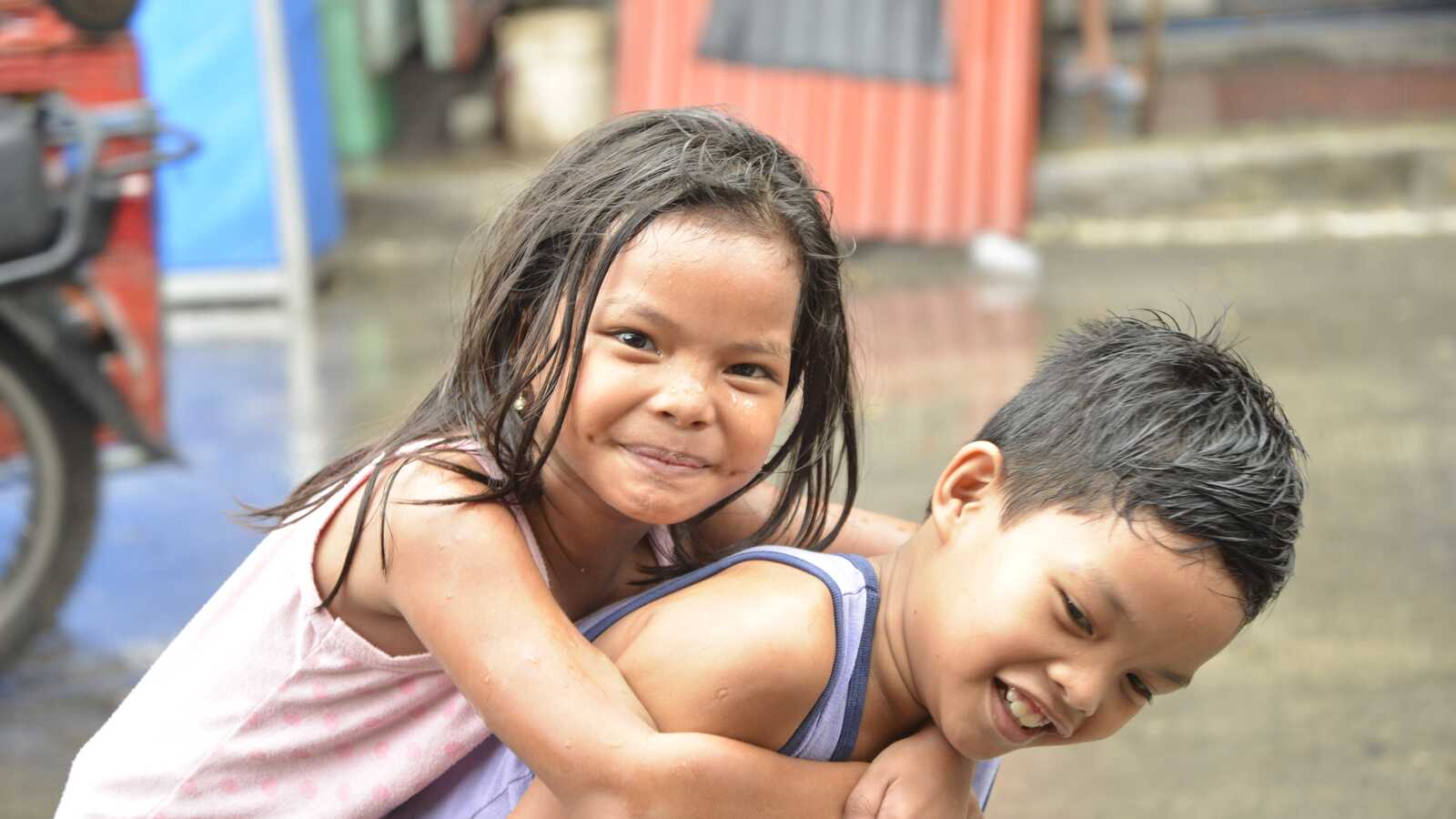
Malnutrition & Food Insecurity
Around the world, malnutrition and hunger-related illnesses remain among the biggest threats to children growing up in poverty. This is especially true in the Philippines, where the rate of malnutrition in children younger than 5 remains among the highest in the world. In 2019, 29% of children under 5 had stunted growth, meaning they were too small in size for their age.
COVID-19 has also had an impact on malnutrition and food security in the Philippines. Since the pandemic began in 2020, Filipinos have faced job losses, reduced wages and an inflationary rise in food prices among other issues.
In April 2022, food costs rose by 4.9%, with staples such as fish, dairy products, meat and vegetables experiencing the highest surge in price. Filipinos living in poverty have had to make dietary changes, and some families can now afford to eat only one meal a day.
Learn how Holt sponsors and donors help provide nutritional support for families in the Philippines.
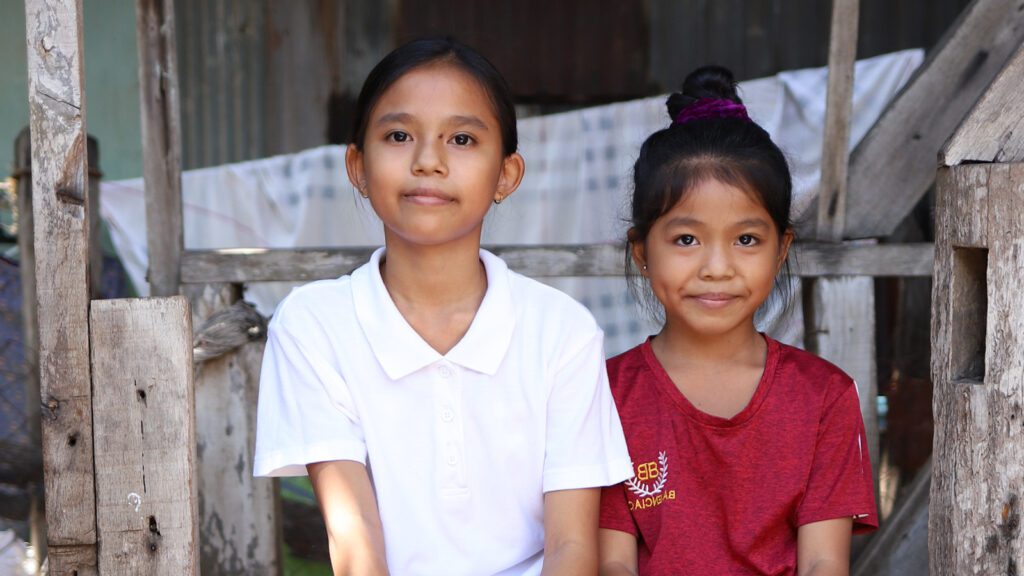
Overcome the Funding Shortfall
In order to keep serving all the children in our care, we need to raise $469,000 by the end of our fiscal year on September 30. Your gift today will provide food, education, supplies to orphanages, lifesaving medical care and more.
“Learning Poverty”
The World Bank defines “learning poverty” as being unable to read and understand a simple text by age 10. According to the institution, learning poverty among 10-year-old Filipinos is now at a record high of 90%. This means that only one in ten Filipino children can read by this age.
Officially, primary school education in the Philippines is free of charge. But at the beginning of every school year, families across the country must pay anywhere between $75 to $200 in fees for their child to attend primary or secondary school. These include building fees, maintenance fees, teacher fees and other academic fees. There are additional costs for books, uniforms and school supplies, so even some middle-income families struggle to cover the cost of sending their children to school.
For families living in poverty — especially those with multiple school-age children — the total cost to educate their children is often too steep to pay.
Learn how Holt sponsors and donors help children attend school in the Philippines.
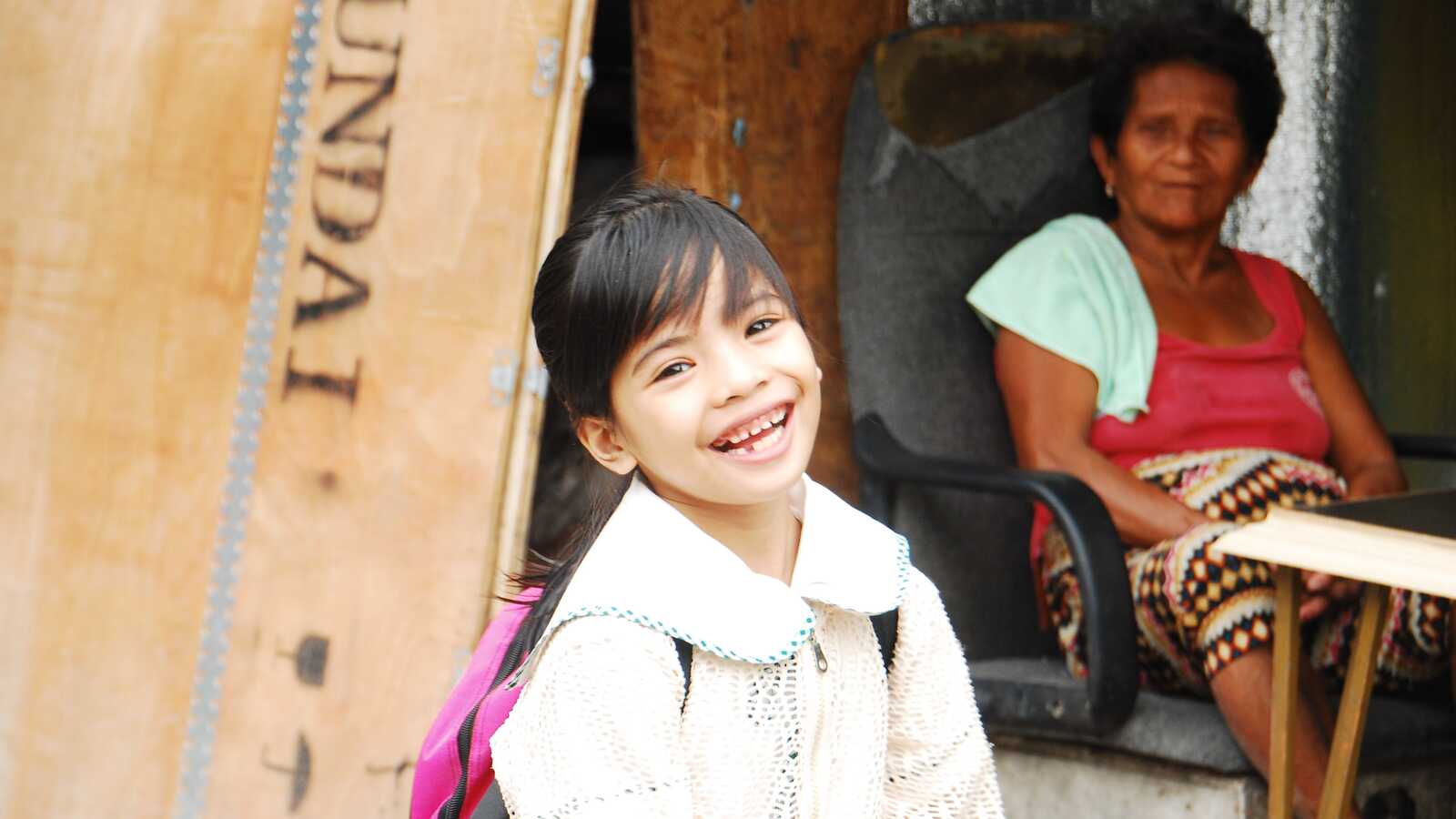
Holt’s Independent Living & Educational Assistance Program Helps Vulnerable Teens Plan for the Future
In the Philippines, the reasons children come into orphanage care include everything from poverty, mental health and addiction issues to the country’s long-held stigma against unwed motherhood. Today, about 1.8 million children in the country are abandoned or neglected, but a very small percentage of these children join adoptive families in the Philippines or overseas.

When children living in orphanages reach the age of 18, they age out of institutional care and often find themselves on their own without any support or resources. In many places, children who age out of care are at greater risk of being trafficked, exploited or getting involved with crime or drugs.
In the Philippines, sponsors and donors support a unique program that helps these aged-out young adults gain the skills they need to live successfully on their own. Through Holt’s Independent Living and Educational Assistance (ILEA) program, a group of 13-15 teens and young adults live together in a house or dorm-like setting. They receive funding to pay for their education or vocational training, and they also have a house parent who teaches skills like cooking, cleaning and paying bills. The scholars encourage one another in their studies, and often share meals or spend time together in social activities. The environment is loving and supportive — like a family — and the training helps teens transition to adulthood with a plan for the future.
Learn how the Holt-sponsored Independent Living and Educational Assistance program helped one teen achieve her dreams.
Read more stories about how sponsors and donors help children thrive in the Philippines.
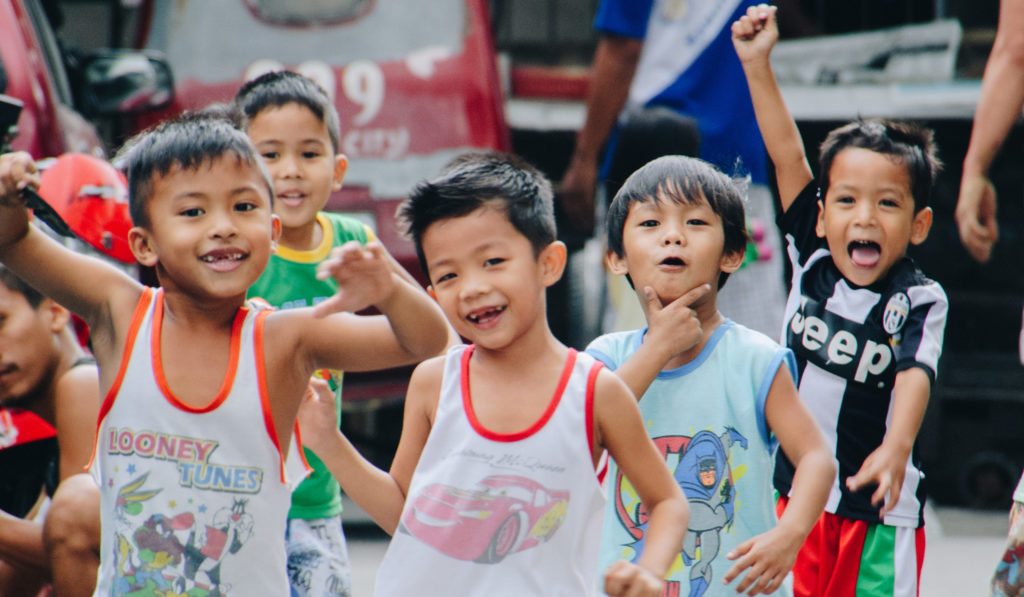
Learn more about Holt’s work in the Philippines!
See how sponsors and donors create a brighter, more hopeful future for children and families in the Philippines!
